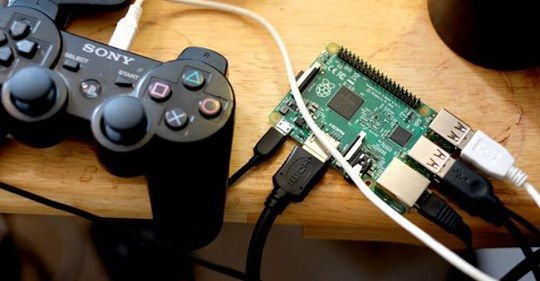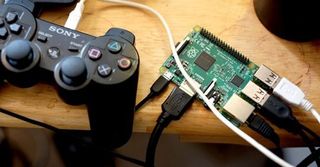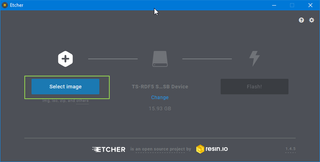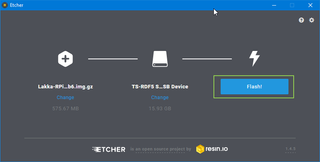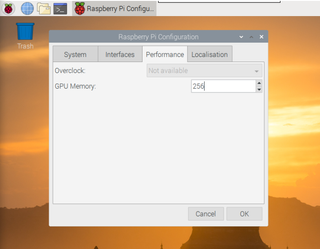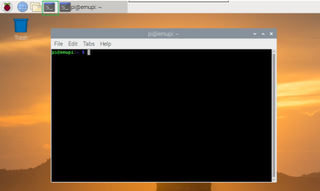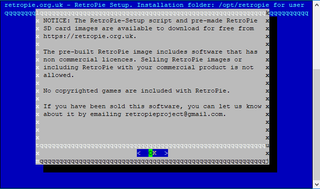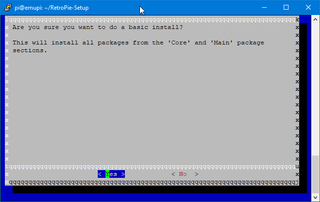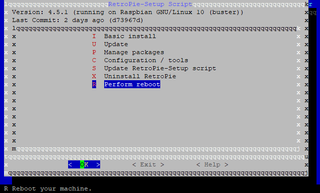For years, Raspberry Pi fans have used game emulation platforms such as RetroPie, Recalbox, and Lakka. However, when the Raspberry Pi 4 launched in June, neither of those platforms officially supported the new hardware and users were left to search for early beta releases or workarounds that didn’t work. Not so good. As of this writing, the situation has improved, but is not completely resolved. Below, we’ll show you how to set up an emulation on your Raspberry Pi 4 right now.
Running Lakka on a Raspberry Pi 4
Although Retropie is by far the most popular choice due to its attractive user interface (UI), Lakka is the first platform with a non-beta final release that supports Raspberry Pi 4. Lakka has good performance, but not. offer as many options or have as much support as its competitor.
1. Insert a microSD card (at least 16 GB) on your PC.
2. Download the latest version of Lakka for Raspberry Pi. Note that it is currently labeled as Pi 2/3 but works for 4. Look for the latest file with the file extension .img.gz.
3. Start the burner on your computer. To download and install Etcher if you don’t already have it.
4. Click Select Image and choose the file you just downloaded.
5. Click on Flash.
Once your microSD card is burned, you can put it in the Raspberry Pi 4 and start.
Install RetroPie on a Raspberry Pi 4
To install RetroPie on your Pi 4, you won’t need to do a lot of work, but you will need to be patient. Once the installation process is up and running, you will need to step back and let it run for an hour or two.
1. Install the latest version of Buster Raspbian on your Pi 4, if you haven’t already and start it. We recommend that you install the Lite version, which does not come with X Windows preloaded. If you don’t know how to install Raspbian, check out our article on getting started with Raspberry Pi.
2. Set the GPU memory of the Raspberry Pi 4 to 256 MB. At the command prompt / terminal window, you do this by typing raspi-config then selecting Advanced options-> Memory Split and typing in 256. If you have X Windows, you do this by navigating to Preferences-> Raspberry Configuration Pi, by clicking on the Performance tab, changing the number to 256 and clicking OK. In either case, restart afterwards.
3. Launch a terminal window on the Raspberry Pi 4 if you haven’t already started at the command prompt. In X Windows, you can access it by clicking on the terminal icon or by pressing CTRL + ALT + T.
4. Download Retropie installation files by typing:
sudo git clone –depth = 1 https://github.com/RetroPie/RetroPie-Setup.git
If you have a good internet connection, it will only take a few seconds.
5. Type cd RetroPie-Setup to enter the installation directory.
cd RetroPie-Setup
6. Type git fetch && git checkout fkms_rpi4 to get the correct FKMS version of RetroPie (the one that works with Pi 4).
git fetch && git checkout fkms_rpi4
7. Run the installation script by typing:
sudo ./retropie_setup.sh
This process will take a few minutes, so maybe walk away and come back. When you return, you will see a blue screen with a menu.
8. Click on OK pressing Enter and click OK again if prompted.
9. Select the basic installation in the menu and press OK.
ten. Press Yes when asked to confirm the installation.
The installation process will now begin in earnest. Walk away for at least 45 minutes, maybe more.
11. Select Setup / Tools -> autostart -> Start Emulation Station on startup.
12. Select Perform a restart and press OK. Confirm if prompted.
The Raspberry Pi will restart.
Final result
While we’re still waiting for RetroPie to have official Pi 4 support, which would also mean a pre-built disk image, you can at least use it now. Or you can go with Lakka, which isn’t as popular but works quite well. We will update this article when conditions change.
MORE: Raspberry Pi GPIO Pinout: What Each Pin Does
MORE: How to Use Raspberry Pi as a VPN Gateway
MORE: Raspberry Pi Tutorials

